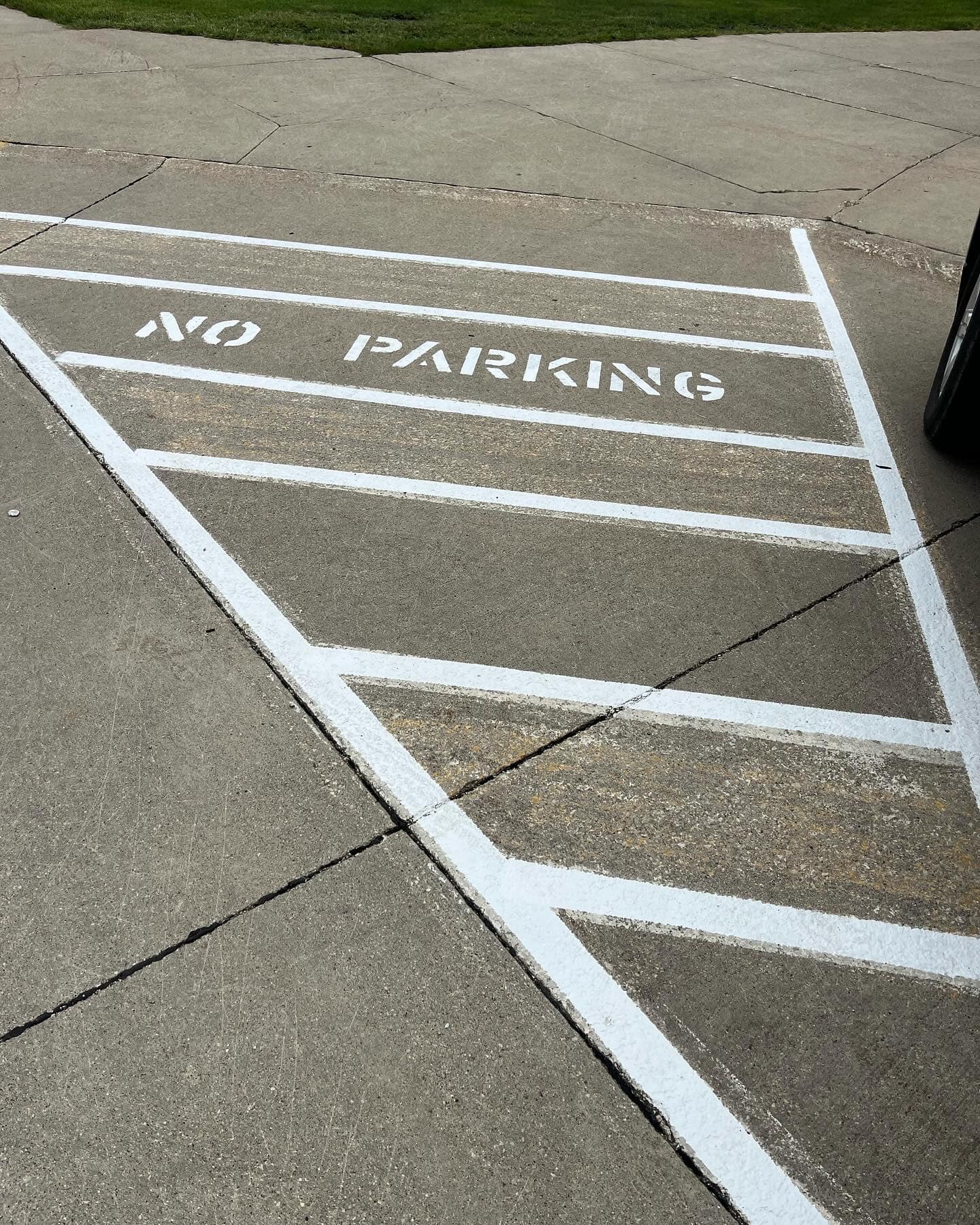
How Weather Conditions in the Midwest Affect Line Striping Durability Oct 10, 2025
Line striping plays a crucial role in traffic management and safety. However, the fluctuating Midwest climate can significantly impact its longevity and effectiveness. During the warmer months, heat can cause the striping material to expand and weaken, potentially leading to fading and cracking. Persistent rain can also cause the paint to deteriorate faster, especially if the striping was applied during a humid period. In winter, the Midwest's notorious freeze-thaw cycles can cause substantial damage. As water penetrates beneath the paint and freezes, it can lead to peeling and chipping.
Ensuring the durability of line striping amidst these challenges requires a strategic approach. The choice of materials is paramount. Water-based paints are often favored for their quick drying times and environmental safety. However, in areas prone to heavy traffic and severe weather, thermoplastic striping is often recommended for its superior durability. Its resistance to chemicals and weathering makes it a robust option capable of withstanding high temperatures and icy conditions alike.
Timing and technique also play significant roles in achieving long-lasting line striping. Ideally, line striping should be applied during favorable weather conditions when the temperatures are stable, and humidity levels are low. This ensures proper adhesion of the paint to the surface. Midwest Line Striping LLC advises scheduling maintenance for early spring or late summer, avoiding the peak of the extreme temperatures. Proper preparation of the surface, including cleaning and drying, is crucial to maximize the lifespan of the stripe.
Moreover, regular maintenance is key in preserving line striping over time. Performing periodic inspections can help identify any early signs of wear and damage, allowing for timely touch-ups or reapplications. This proactive approach not only prolongs the lifespan of the striping but also helps businesses comply with safety regulations and maintain an organized appearance.
In addition to these strategies, there is a growing trend towards using reflective paints. These enhance visibility, particularly during adverse weather conditions and at night, thus improving safety for drivers and pedestrians. Reflective paints can serve as an extra layer of durability, reducing the impact of fading caused by intense sunlight.
While the ever-changing Midwest weather can pose challenges, with the right approach and materials, line striping durability can be significantly enhanced. Midwest Line Striping LLC is dedicated to using the most effective techniques and materials tailored to withstand the region’s climatic conditions. By understanding the effects of weather and implementing best practices in line striping, businesses and road authorities can ensure safety and visibility year-round.
In conclusion, while the Midwest presents unique challenges to line striping durability, being informed and proactive can significantly mitigate these effects. By choosing the right materials, scheduling appropriate application times, and committing to regular maintenance, the longevity and effectiveness of line striping can be maximized, ensuring a safe and orderly environment for all.
/filters:no_upscale()/media/2c031641-a0d0-4e89-bc55-4be7ce5af741.jpg)